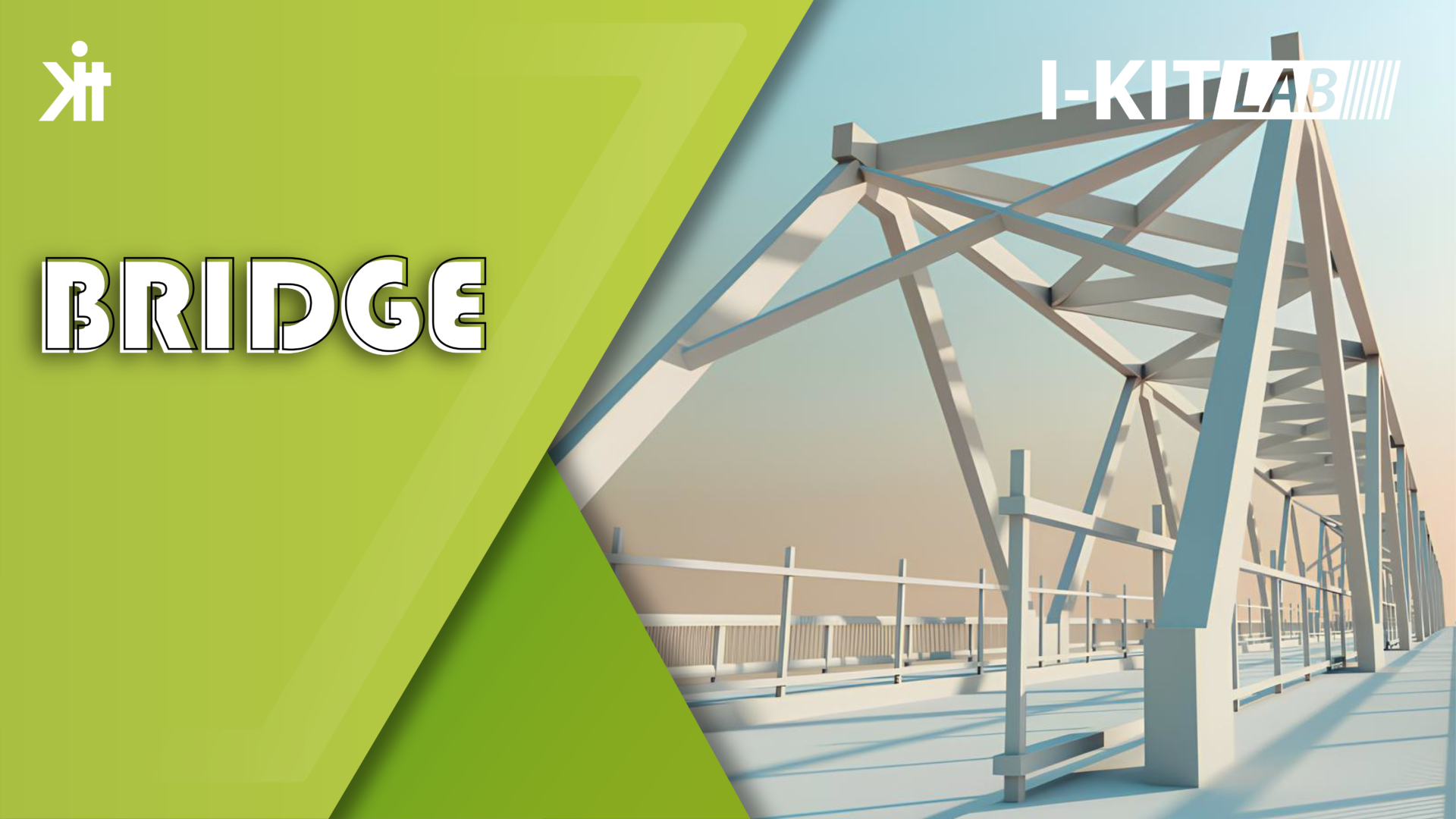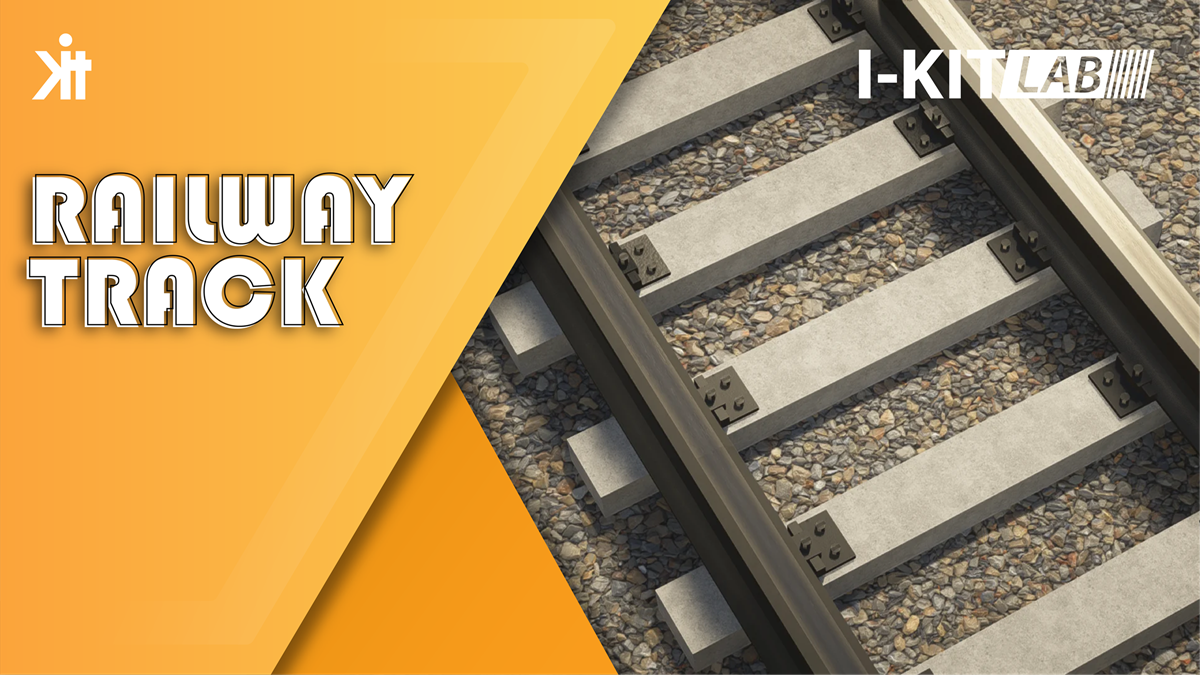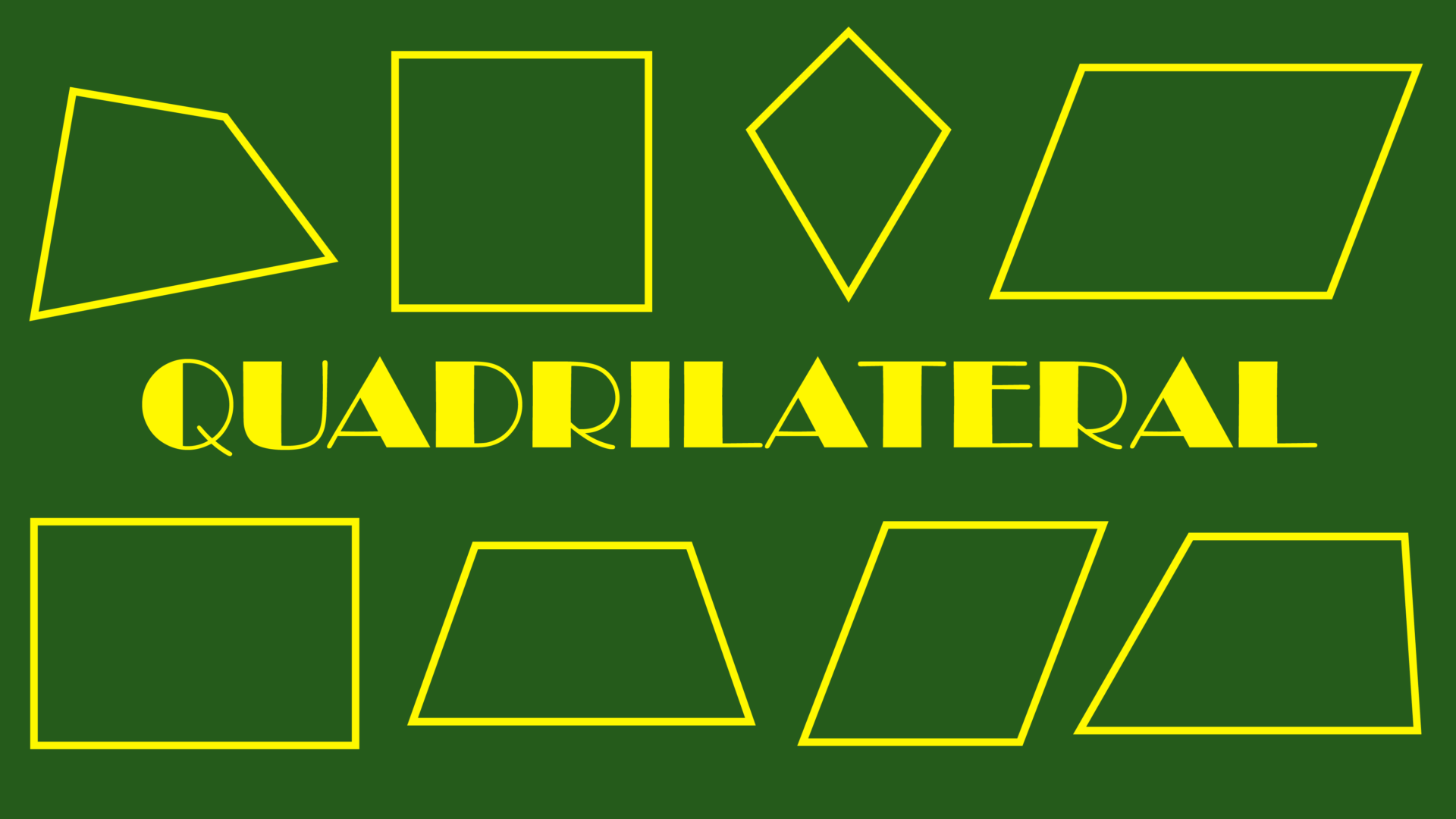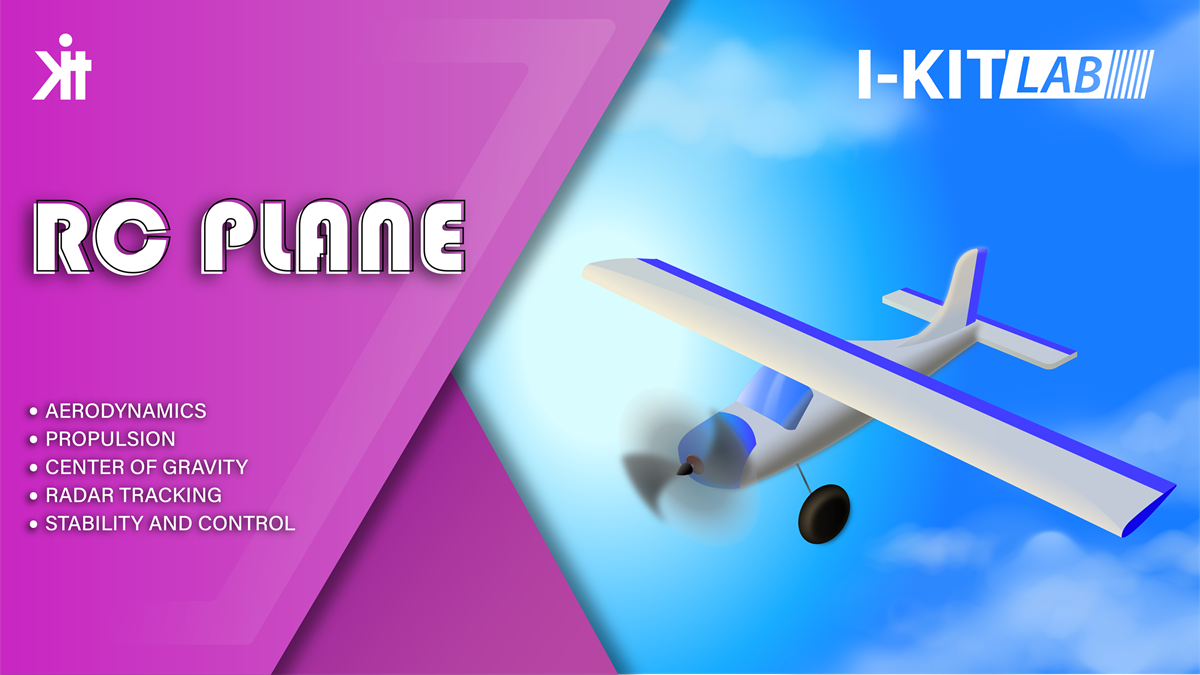What is a Truss Bridge | Definition, History, & Uses | Video

Mathematics and Science Behind Truss Bridges
Mathematics = 3-D Shapes and Symmetry
Science = Concepts related to force, pressure, and area
Mathematics behind Truss Bridges
In mathematics, we are going to deal with different types of shapes and their measurement as we are going to make truss bridges.
What is a Truss Bridge?
Truss bridges are characterized by the joining of numerous relatively small structural members into a series of interconnected triangles.
Small straight cuboidal pieces are pinned together to form a triangular shape and further numerous triangular pieces are joined to form a structure of a truss bridge.

Why only triangles and not any other geometrical shape is used to form the truss bridge?
Triangles are often used in truss bridges due to their inherent structural stability and ability to distribute loads evenly. Triangles are one of the most stable geometric shapes, as they do not easily deform or collapse under pressure. When used in a truss bridge, triangles help to evenly distribute the weight and forces acting on the bridge, making it structurally sound and capable of supporting heavy loads.

Other geometric shapes, such as rectangles or circles, do not offer the same level of stability and efficiency as triangles in truss bridge design. Rectangles, for example, can easily deform or collapse under pressure, and circles do not provide the same rigid structure as triangles. Therefore, triangles are the preferred shape for truss bridges due to their stability, efficiency, and ability to evenly distribute loads.

How many types of 3-D shapes are used in truss bridges?

Several different parts are needed to form the complete structure of the truss bridge where if we say primarily, we deal with triangles as our geometrical shape but there are other important structures which provide additional support.
- Vertical posts: Truss bridges often have vertical posts, also known as piers or towers, that provide vertical support to the bridge. These posts can be shaped as cylinders or prisms, which are 3D shapes, and can be used to teach students about the concept of vertical load-bearing elements in bridge design.
- Cross-bracing: In addition to triangles, truss bridges may use additional 3D shapes, such as cuboids or prisms, for cross-bracing. Cross-bracing refers to diagonal or horizontal members that connect the vertical and horizontal members of a truss bridge, adding stability and strength to the structure.
- Abutments: Truss bridges often have abutments, which are supporting structures at the ends of the bridge that help distribute the load and anchor the bridge to the ground. Abutments can be shaped as 3D geometric shapes, such as prisms or cubes, and can be used to illustrate how the shape and design of these elements can impact the overall stability and performance of the bridge.
Integrating 3D shapes into the study of truss bridges can offer an engaging and hands-on approach for students to deepen their understanding of bridge design and structural principles.
Building physical models: Students can construct physical models of truss bridges using 3D shapes, such as wooden sticks or plastic rods for the bridge members, and connectors or joints to assemble them into truss configurations. By using 3D shapes, students can visualize how different types of trusses, such as Pratt, Warren, or Howe trusses, are assembled in three-dimensional space, and how the arrangement of members impacts the overall stability and strength of the bridge.
How Symmetry is related to truss bridges?

Symmetry can play a role in the visual appeal of a truss bridge. Many truss bridges are designed with symmetrical patterns and layouts to create a pleasing and balanced appearance. Symmetry can be achieved through equal spacing and arrangement of truss members, matching diagonal patterns, and balanced load distribution.
Symmetry can also contribute to the structural integrity of a truss bridge. Symmetrical truss designs are often preferred because they distribute loads and forces more evenly across the truss members, reducing the potential for unbalanced loading and structural instability. Symmetrical truss configurations can provide better load-carrying capacity, stability, and resistance to deformation or failure under different loading conditions, such as dead loads, live loads, and environmental loads.
Symmetry can simplify the analysis and design process of truss bridges. Symmetrical truss configurations often allow for easier calculations of internal forces in truss members, such as tension and compression, using principles of statics and structural analysis. The symmetry of the truss can provide symmetry in the distribution of loads and forces, making it easier to determine the reactions at supports, calculate member forces, and assess the overall structural behavior of the truss bridge.
Science behind Truss Bridges
Force = Pressure X Area: the most important concept of science which is applied on truss bridges. Now, let’s understand how every term is individually related to truss bridge.
Types of Forces Acting on Truss Bridges
Forces: Truss bridges are designed to withstand various forces, including compression, tension, bending, and shear. Compression forces push or squeeze the bridge members together, while tension forces pull or stretch them apart. Bending forces result from the weight of the bridge and its load, which cause the bridge members to bend or curve. Shear forces act parallel to the surface of the bridge members and can cause them to slide or deform. Understanding these different types of forces and their distribution throughout the truss structure is crucial in designing a stable and safe truss bridge.

How Much Pressure is Exerted on the Truss Bridge?
Pressure is not typically a primary factor in the design or analysis of truss bridges. Pressure refers to the force per unit area applied perpendicular to a surface, and it is usually associated with fluids or gasses exerting pressure on surfaces.
Pressure may indirectly affect truss bridges in certain situations. For example, in cases where truss bridges are subjected to environmental loads such as wind or water pressure, the resulting forces on the bridge can indirectly affect the bridge’s stability and performance. Wind pressure on the bridge surface can create additional loads on the truss members, while water pressure on bridge piers or abutments can impact their stability. These pressures are usually considered as external loads and are accounted for in the design and analysis of truss bridges.
How the Concept of Force = Pressure X Area is Related to Truss Bridges

Load distribution: Truss bridges are designed to carry various loads, including dead loads (self-weight of the bridge), live loads (loads from vehicles and pedestrians), and environmental loads (such as wind and water loads). These loads create forces that are transmitted through the truss members. The area over which these forces are applied and the resulting pressure on the truss members are important considerations in the design of truss bridges. The force applied on a truss member due to a particular load is equal to the pressure (force per unit area) multiplied by the area over which the load is distributed.
Member sizing: Truss bridges are typically made of steel or timber members, and the size (cross-sectional dimensions) of these members is an important factor in their performance. The concept of pressure and area comes into play in determining the required size of truss members to withstand the anticipated loads. If the pressure (force per unit area) on a member exceeds its capacity, the member may fail. Therefore, engineers carefully calculate the anticipated loads and distribute them over the appropriate area of the truss members to ensure that the pressure remains within safe limits.
Connection design: The joints or connections between truss members are critical in transferring forces and maintaining the stability of the bridge. The concept of pressure and area is relevant in the design of these connections. The pressure at the connections depends on the forces applied to the members and the area over which these forces are distributed. Properly designed connections are necessary to ensure that the pressure at the joints remains within safe limits and that the truss members can effectively transfer the forces without failure.
How is the force distributed in the parts of the truss bridge?





Responses